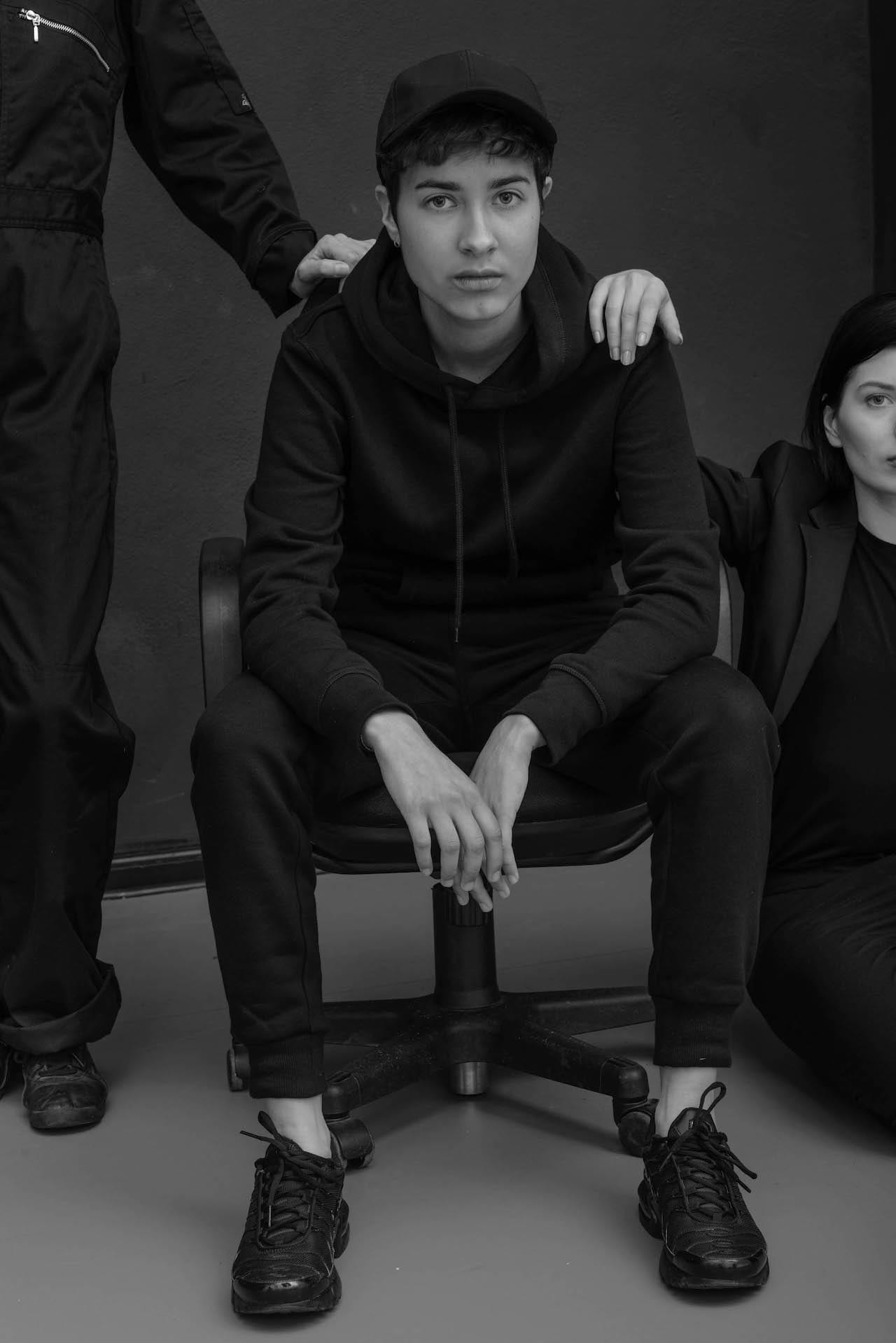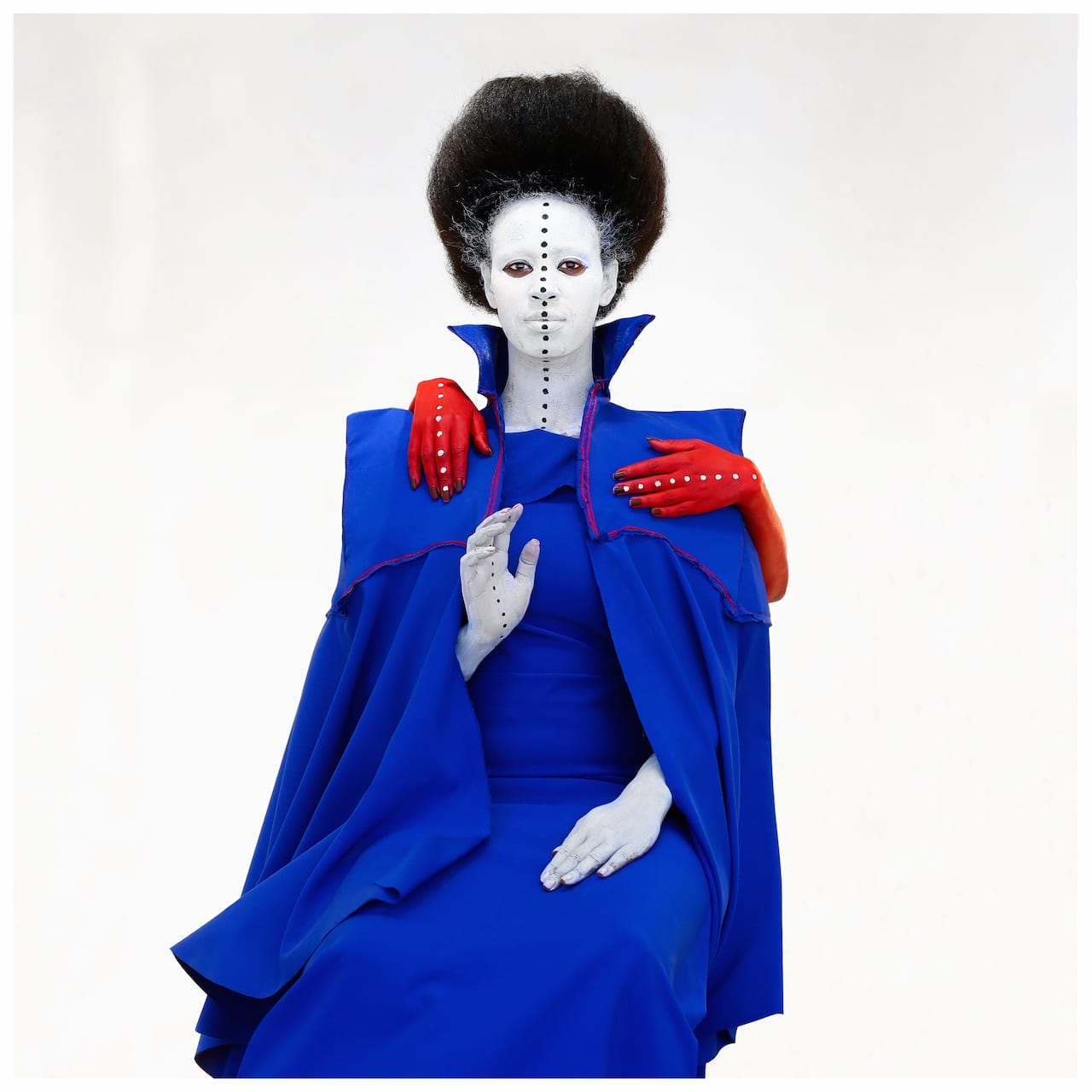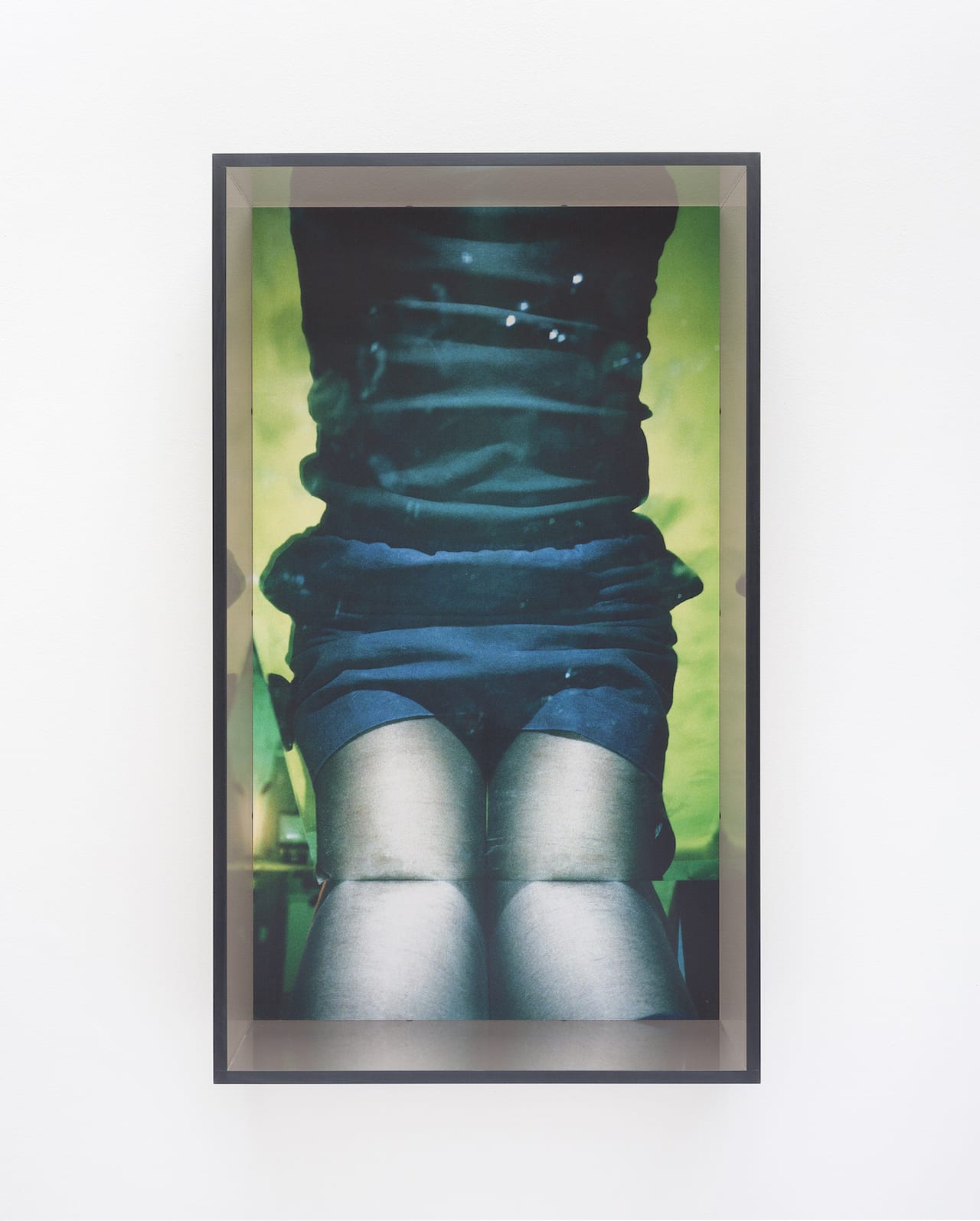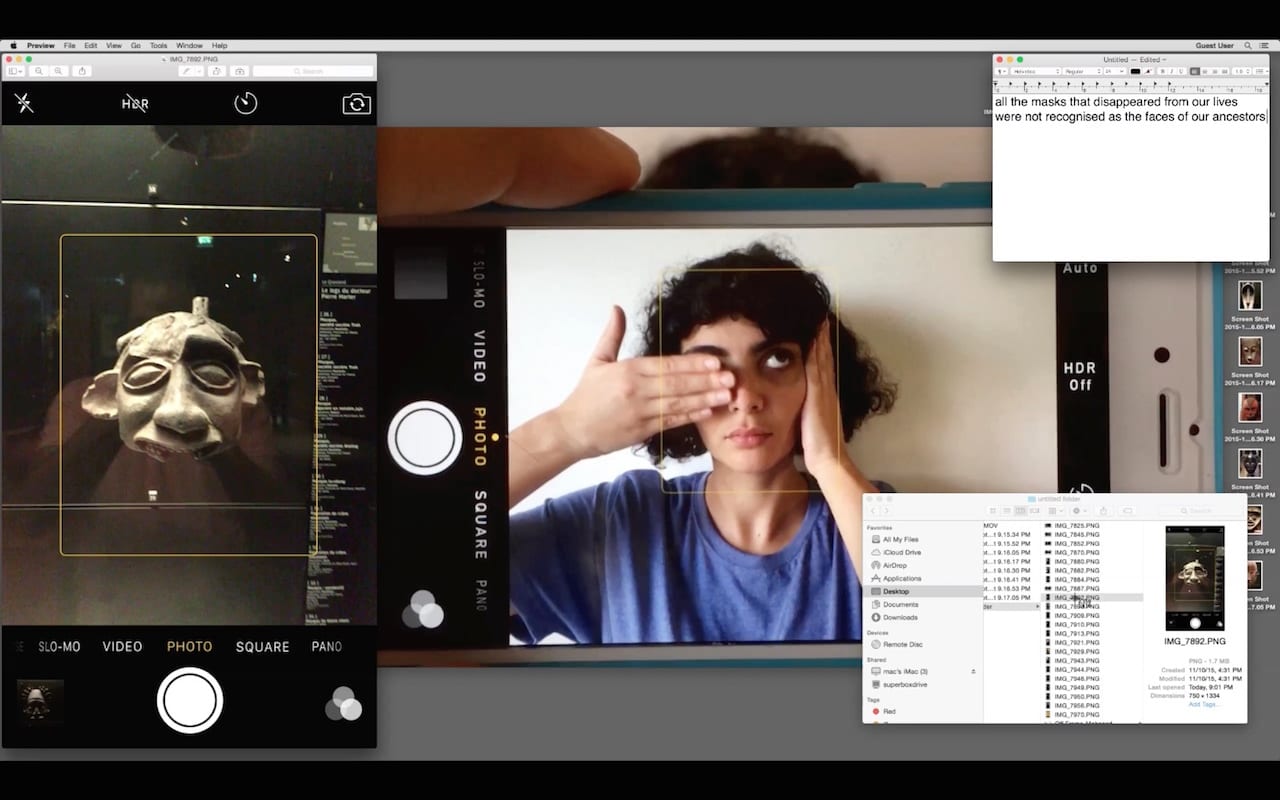When New York’s Museum of Modern Art first introduced its New Photography series, it did so to locate contemporary work in a dedicated space, often providing the selected image-makers with the opportunity to get their foot in that most revered of doors. The inaugural exhibition opened in August 1985, curated by the late, great John Szarkowski, and over the following 32 years, these shows have remained true to their moniker, tracking some of the most exciting developments in new photography in its myriad forms – be that in books, on screens, in posters or through zines. As the years brought evolved types of media, it fed artists’ appetites both for new ideas and for fresh means by which to execute them.
MoMA’s latest instalment, Being: New Photography 2018 (18 March–19 August), is a deft demonstration of how effectively such collections can reflect a moment in contemporary consciousness. Being presents 17 artists working in photo-based media around the world, and “all the works in the exhibition take on charged and layered notions of personhood and subjectivity,” explains Lucy Gallun, its curator and the assistant curator of MoMA’s department of photography.
Complex though it is, the theme came about organically. “Simply from looking at a lot of new work and wanting to react to the expansive ways in which I found artists confronting representations of their own lives and the lives of others,” she says
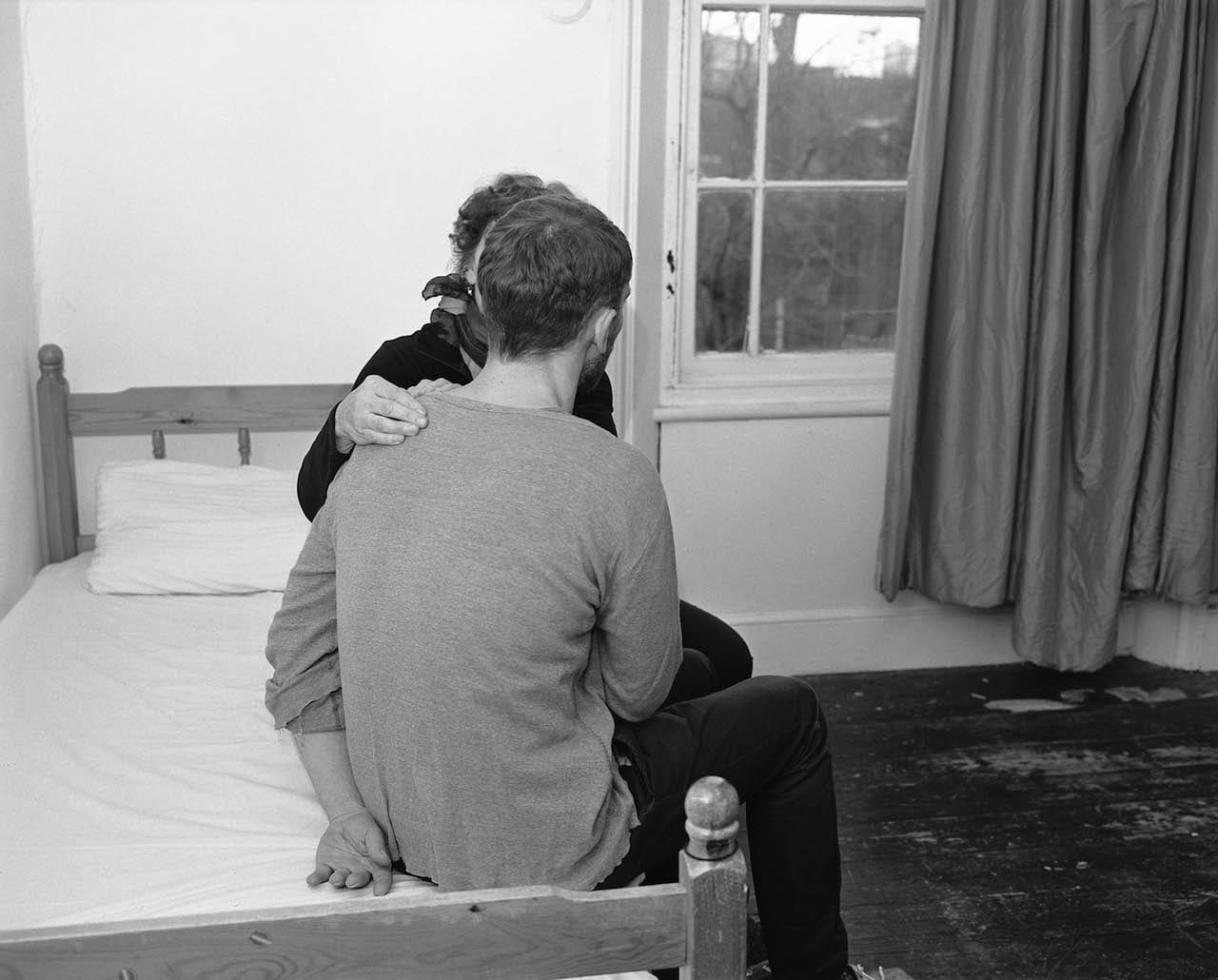
“Some might be considered figurative in a more straightforward sense, while others do not include depictions of the human body at all, but despite those differences in approach, all of the works contend with representations of people,” Gallun continues. “In this way, the exhibition is organised around something that we all share – humanity – but also inherent in these artists’ representations is the recognition of difference; they respond to a diversity of lived experiences and circumstances.”
It is a timely theme. In the modern age, identity, and the ways in which we chart it, is a bubbling undercurrent to popular culture. Here, it erupts in diverse forms: in challenges to established traditions of studio portrait photography; as experiments with technologies, such as facial recognition software, that have become ubiquitous in urban life; in the absence of the human body altogether, but the presence of the traces or detritus it may leave behind.
“At a time when representation is contested or fraught for many – those for whom a photographic likeness can present a political or emotional threat, for example – these artists operate within the parameters of standard photographic portraiture even as they disrupt them,” says Gallun.
Within the breadth of work on display, there are some parallels to be identified. “Many artists consider relationships between multiple people – cultural groups, specific societies, for instance – as a way of understanding individuality,” she says. Sam Contis’ series Deep Springs – a striking and sensuous documentation of the students at an all-male college, based on an isolated desert ranch east of California’s Sierra Nevada – is offered as an example.
“The subjects are pictured at a moment in their lives that has been traditionally seen as a time of ‘coming into one’s self’. They are also experiencing it in relationship to one another – and are sometimes pictured together; working together, sharing an embrace – and in relationship to the land itself, the landscape that is the environment of the college and with which they are involved in physical activity. In the pictures there is a sense of how such identity-formation is impacted by group social dynamics and the individual experience of a western landscape.”
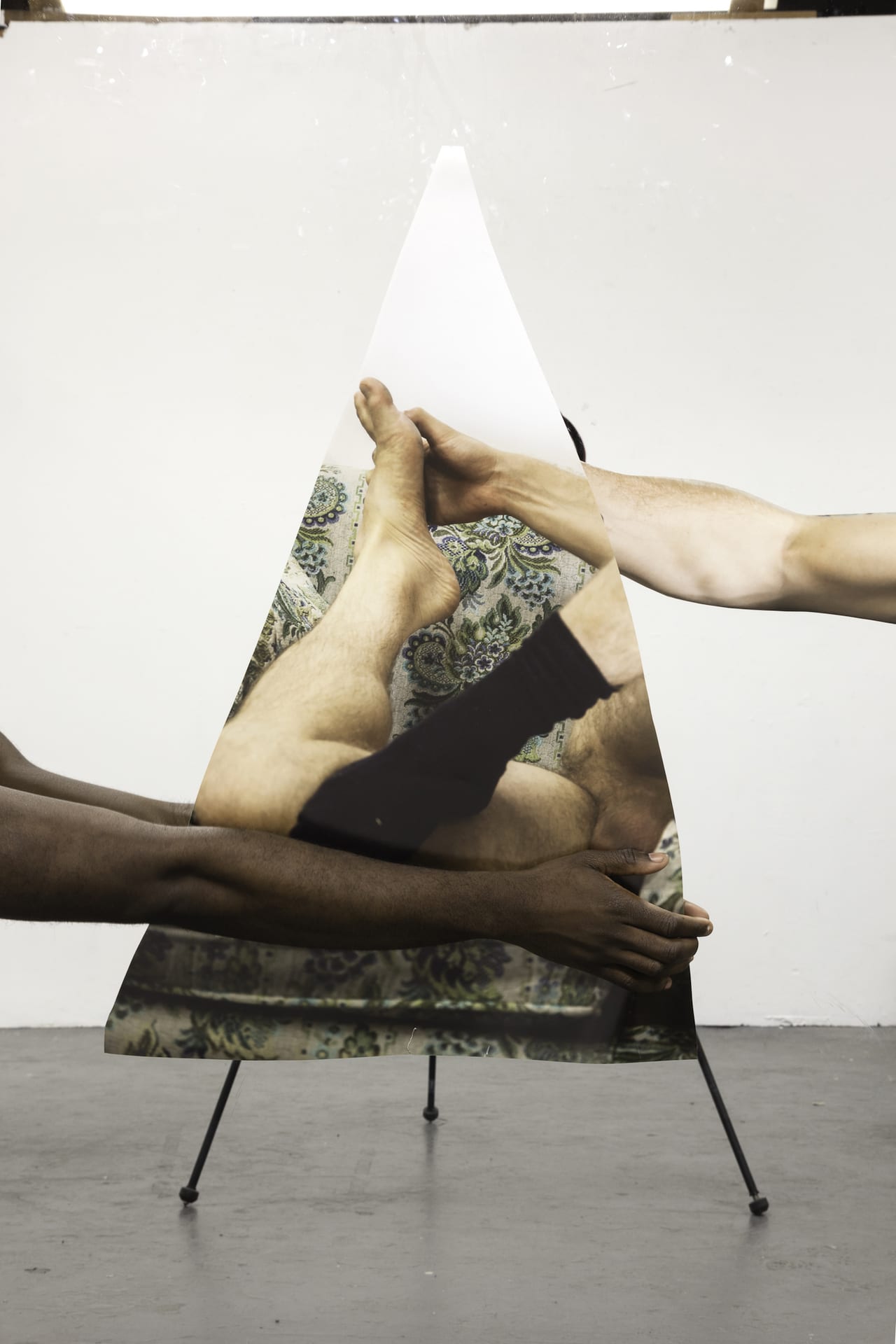
Another parallel, Gallun notes, is that many of the included artists reappropriate existing materials – from other artworks to vernacular photographs – through a process of collage or montage to “gesture toward the layers and complexities of individuality and subjectivity”.
As the exhibition literature reminds us, photography has long been used as a means by which to capture an exact likeness of a person. Alongside Contis, artists such as Joanna Piotrowska, Paul Mpagi Sepuya, Aïda Muluneh, and Sofia Borges draw upon this rich history to offer their differing perspectives on these themes of personhood and subjectivity – and in so doing demonstrate just how far their medium has evolved since those early days in which Szarkowski conceived the platform now bringing their work to MoMA’s walls for the very first time.
Being: New Photography 2018 is on show at the Museum of Modern Art, New York, from 18 March–19 August www.moma.org This article was first published in the March issue of BJP, available from thebjpshop www.thebjpshop.com
